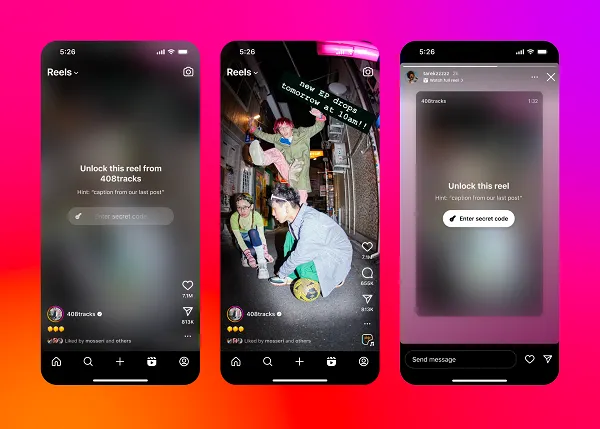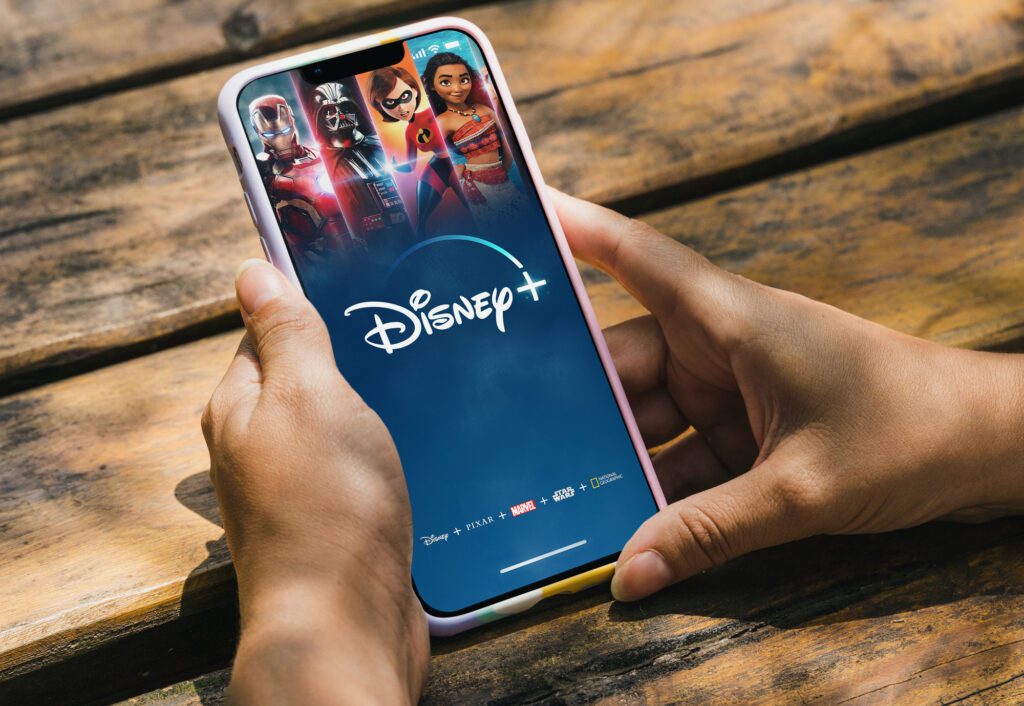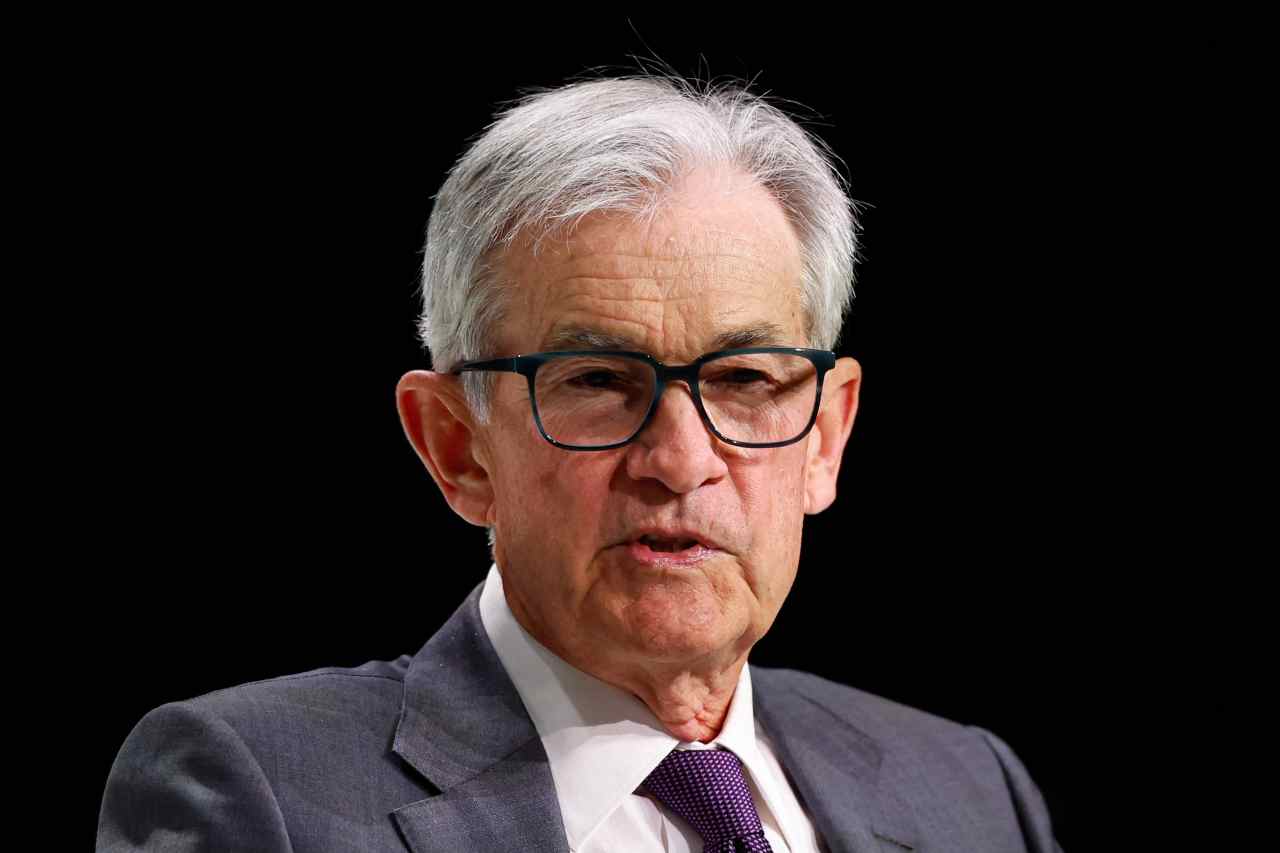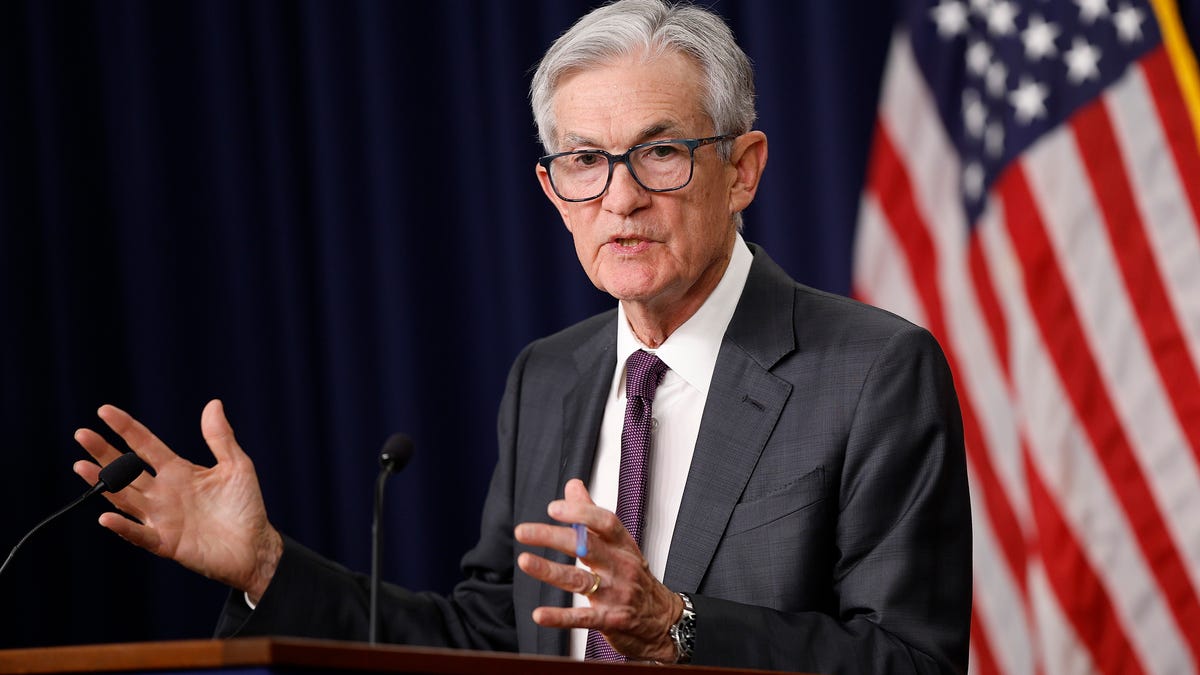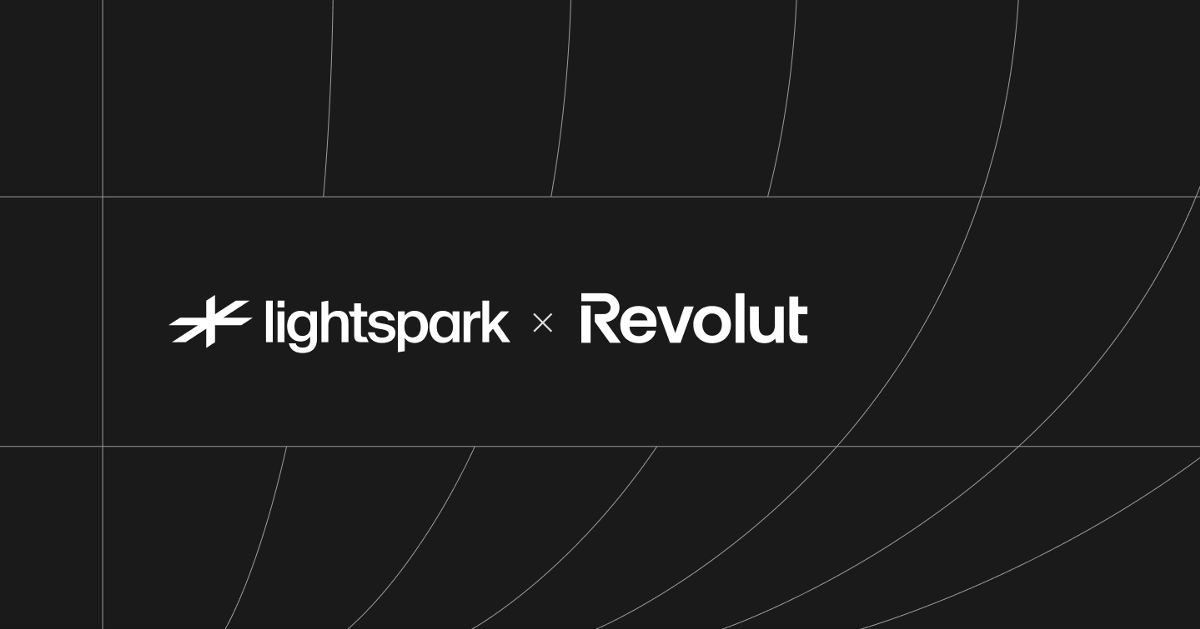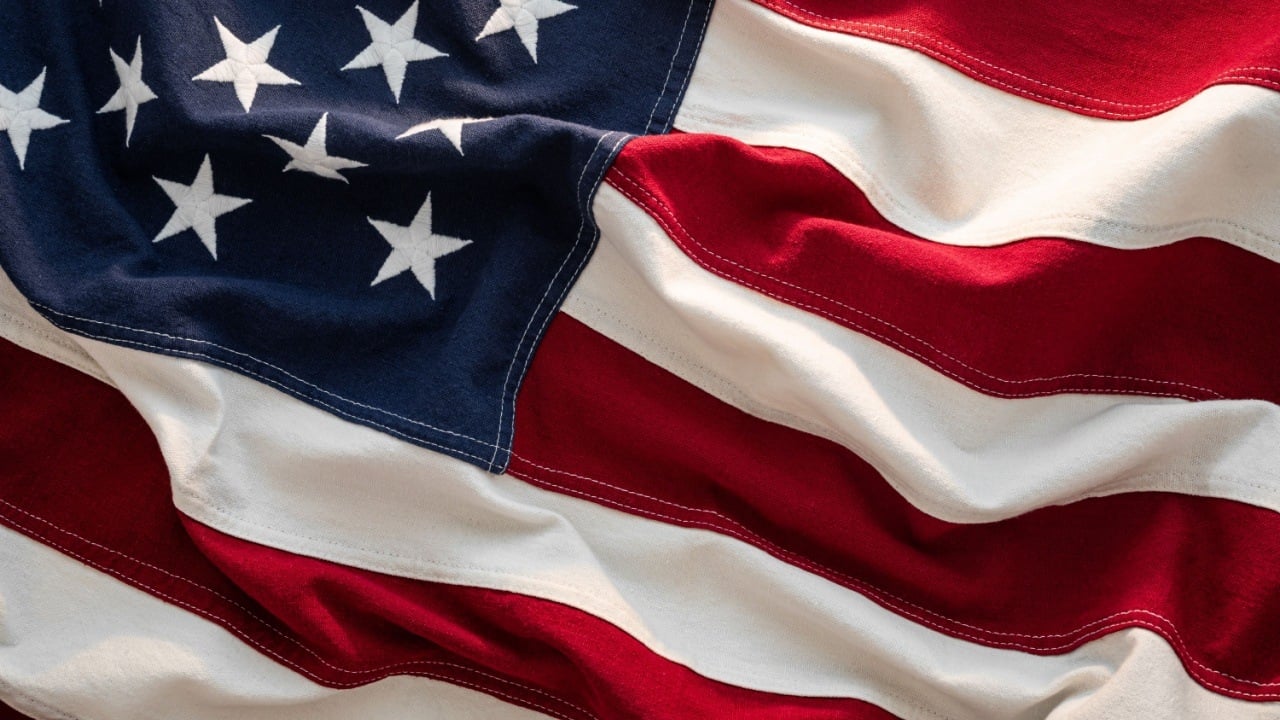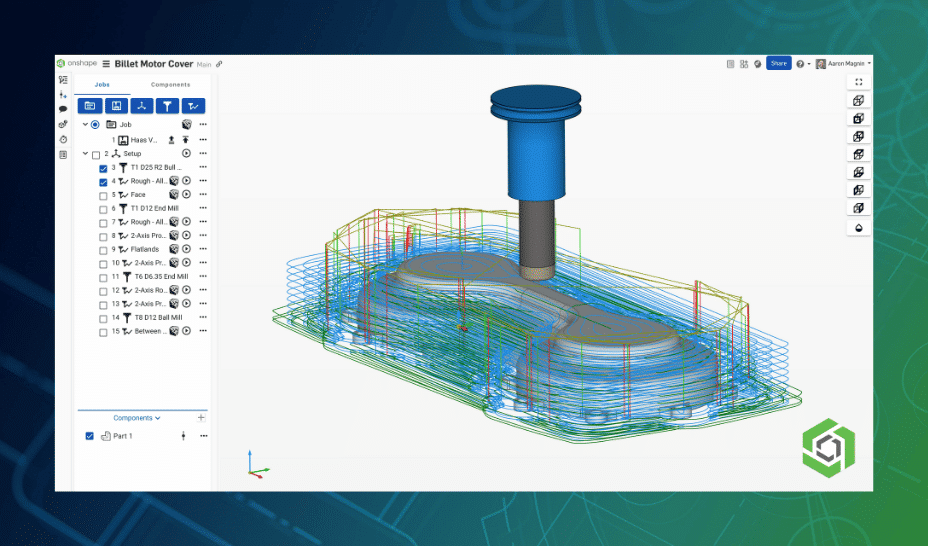Tech meets taste: How AI is revolutionising the food industry
The food and beverage industry has always been dynamic, shaped by evolving taste preferences, cultural shifts, and market trends. Thanks to rapid digitisation, the industry is becoming more fast-paced and trend-sensitive every day. Traditional methods of understanding consumer behaviour, such as focus groups and surveys, are now too slow to keep up with market changes. […] The post Tech meets taste: How AI is revolutionising the food industry appeared first on EU-Startups.

The food and beverage industry has always been dynamic, shaped by evolving taste preferences, cultural shifts, and market trends. Thanks to rapid digitisation, the industry is becoming more fast-paced and trend-sensitive every day. Traditional methods of understanding consumer behaviour, such as focus groups and surveys, are now too slow to keep up with market changes. Yet, gaining insights into consumption patterns remains paramount for successful product development and placement.
This is why artificial intelligence is a game-changer in redefining how brands develop and market food products. AI-driven platforms like Tastewise are at the forefront of this transformation, using generative AI to decode consumer desires in real-time and empower brands with invaluable insights.
Advanced technologies for a better understanding of consumer needs
Recent data highlights a striking reality: 90% of new food and beverage products fail. Why? Lengthy product development cycles, outdated consumer research methods, and ever-changing consumer tastes. Months are required to compile and analyse data, leaving brands lagging behind the market.
This is where AI steps in. AI-powered platforms can analyse online data to provide food brands with up-to-the-minute insights into consumer needs, tastes, and motivations. For instance, Tastewise’s AI analyses 75 billion social media posts, 1 trillion online recipes, 160 million online reviews, data from 4 million restaurants, and 600,000 grocery items to deliver a granular understanding of consumer preferences. With insights like these, innovative food and beverage companies gain a previously unthinkable competitive edge. The $10 trillion industry stands to benefit from healthier foods, unexpected flavours, and plant-based options—all while reducing failed product iterations, lowering costs, and increasing the acceptance rate of new products.
So, the question is simple: Do you rely on static and outdated data, or do you leverage AI to ensure that a new product aligns with consumers’ true desires?
AI bridging the gap between consumer demand and product innovation
AI is far more than just a trend-watching tool; it helps brands decipher the deeper motivations behind consumer choices. This enables a shift from reactive approaches to proactive innovation, significantly reducing time to market. With AI-driven tools, traditional focus groups become obsolete, and product development and validation cycles can shrink from months to mere hours.
Moreover, AI enables brands to respond to key shifts in consumer preferences, as highlighted in Tastewise’s 2025 food trends report. The first major shift is Gen Z’s growing demand for both affordable and flavourful foods. Young consumers seek exciting yet budget-friendly dining options, pushing brands to create innovative, cost-conscious products.
The second key trend is a broader audience’s rising interest in functional, health-promoting foods, such as gut health benefits and immune-boosting ingredients. While these trends present appetising business opportunities, AI-powered insights help brands translate them into profitable, data-backed product strategies.
For example, imagine a company designing a new snack. AI insights reveal that consumers are searching for high-protein, clean-label snacks that promote gut health. Using this data, the brand can quickly prototype a spicy, protein-rich chickpea snack with probiotics—perfectly aligned with current consumer demands. AI can then validate the concept in real-time by analysing online engagement and predicting purchase intent before launch, ensuring a higher chance of success.
AI for food marketing and brand strategy
Beyond product development, AI has the power to transform food and beverage marketing. Its intelligence enables brands to craft highly resonant marketing strategies and more effective campaigns.
Mademoiselle Desserts illustrates this perfectly. By leveraging AI insights, the brand identified emerging dessert trends and introduced a seasonal Blackberry & Mascarpone cake that precisely met evolving consumer expectations. Automating data collection and analysis with AI allowed the in-house brand team to focus on creative and strategic processes rather than routine marketing tasks. By streamlining ideation, reducing risks, and fostering creativity, AI enhances the food and beverage industry as a whole.
AI is not just a tool—it is a transformational force redefining how food and beverage brands operate. However futuristic this may sound, AI-driven solutions are already uncovering the what, how, and why behind consumer food and drink choices. By harnessing AI’s unprecedented speed and accuracy, brands can develop on-trend, consumer-driven products with confidence. As the industry evolves faster than ever, leveraging AI ensures brands remain competitive in a marketplace where consumer preferences shift at breakneck speed.
The post Tech meets taste: How AI is revolutionising the food industry appeared first on EU-Startups.

